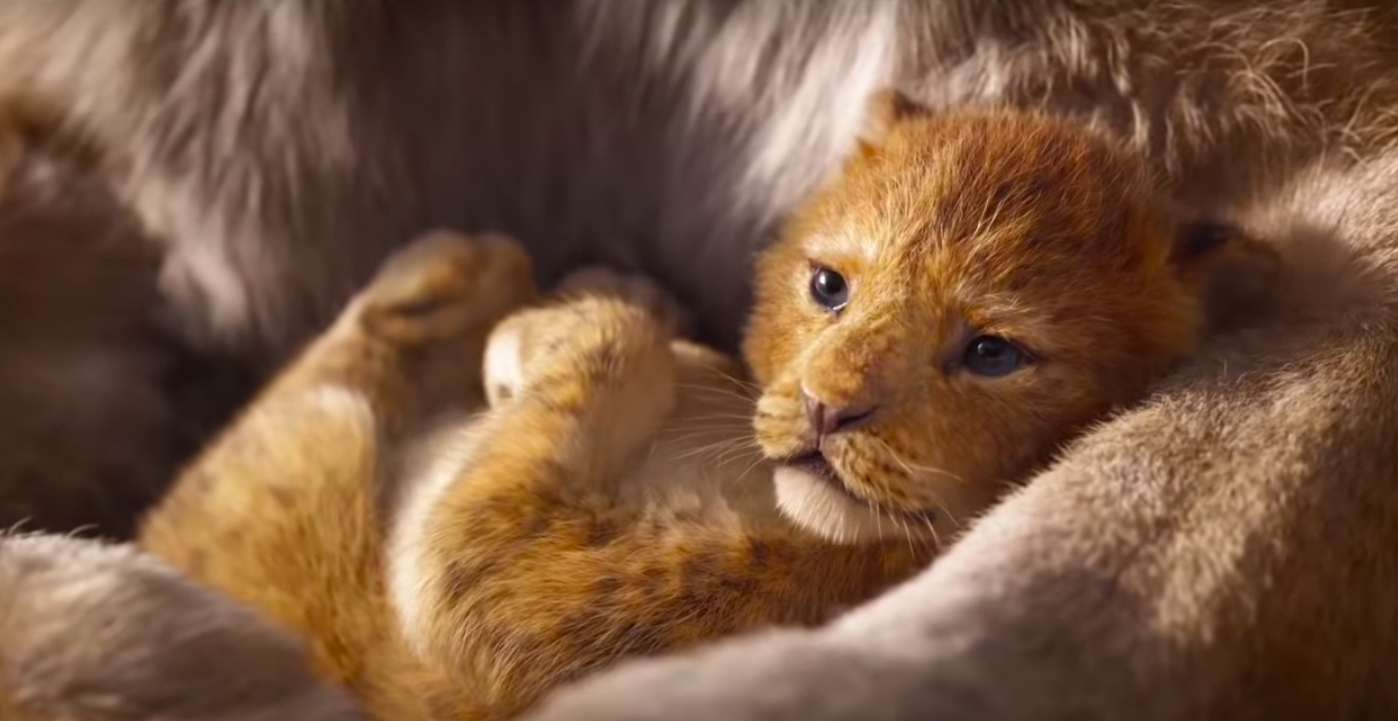Views expressed in opinion columns are the author’s own.
When you wish upon a star, you might get multiple live-action remakes of Disney classics. Too many. Don’t make that wish.
Disney has been making live-action versions of animated films for years, including 101 Dalmatians in 1996, The Sorcerer’s Apprentice in 2010 and Tim Burton’s Alice in Wonderland in 2010. But in 2015, the remakes started to cover more classic stories, such as the live-action remake of Cinderella. Since then, Disney’s been on a roll. The live-action versions of Beauty and the Beast, Pete’s Dragon and The Jungle Book were all released in the past few years, and live-action Lion King, Dumbo and Aladdin remakes are slated for release in the next year.
While the movies are a mix of whimsy, edginess and nostalgia, they’re also excessive. The live-action versions of these films simply adapt the animated stories without changing the narrative enough to make it interesting. The company is also missing out on the chance to revive old stories in a way that fights against the films’ exclusive, sexist and racist histories. Instead, we’re getting simplistic movies that are just as unrepresentative as the original animated works.
Disney got it right with Maleficent in 2014, in which the story of Sleeping Beauty is reimagined to center around Maleficent and characterize her as a protector instead of a villain. The movie was clearly inspired by the animated work but didn’t completely rely on the original plotline, which was slightly boring and problematic, anyway.
But since then, the live-action remakes, particularly the princess works, have fallen short. Instead of promoting independence, support and empowerment for women, the films make only subtle and delicate gestures toward feminism. Cinderella survives abuse, but the film is still based around the original focus of falling in love. Belle could have been a great inventor but is really only her father’s assistant.
On top of the live-action versions of the films being too simple and too similar to their original stories, there is the issue of representation. With this trend of remaking old movies, Disney has the opportunity to make the representative movies it didn’t before. However, there’s really just not enough effort. The attempts to be inclusive are weak and disappointing, as many of the live-action casts so far have been overwhelmingly white.
The only exception I will make is to create the live-action versions of Aladdin and The Jungle Book, Disney was forced to hire actors of South Asian and Middle Eastern descent to play human characters. For someone like me, who has never seen a real, human representation of myself in any Disney work, these films are exciting and groundbreaking.
Still, that doesn’t detract from the fact that South Asian people are being cast in a movie that takes place in the Middle East or that the rest of the cast in The Jungle Book is not of South Asian descent, despite the movie taking place in India. It’s only because the animal figures are computer-designed that no one can immediately tell the movie is hardly representative of the country it takes place in.
Representation associated with animated characters is also an issue with the upcoming Lion King. Though the film is incredible for featuring a predominantly black cast, the fact remains that because the movie is actually entirely animated, there won’t actually be any black people seen on screen. Their voices will be heard, but it doesn’t have the same effect that a film like Black Panther has, where the representation is obvious and human.
The same problem appears in Beauty and the Beast. All of the human main characters in the film are white, despite the fact that the film could have featured a woman of color in the lead role without interfering with the plot. However, several of the computer-designed furniture characters are played by people of color. The issue is that not only are those actors of color relegated to supporting roles but they aren’t seen. At the end of the day, no matter what the cast looks like, the movie is about white people and their furniture.
Disney should be taking this opportunity to breathe new life into its works. Remakes should look more like Whitney Houston’s 1997 live-action version of Cinderella and less like exact replicas of the animated works. While reliving our childhoods through fairy tales can be nice, seeing those fairy tales progress beyond the ‘50s would be even better.
Alternatively, the company could just stop trying to recycle plotlines and put its energy into creating new works. Disney could focus on making new princesses — maybe a Latina princess movie, an African princess movie, maybe even an actual attempt to represent South Asians or Middle Eastern women. It would be nice if we moved into the next line of Jiminy Cricket’s song and it really made “no difference who you are” because Disney represented us all.
Jasmine Baten is a junior English major. She can be reached at jasminebaten137@gmail.com



